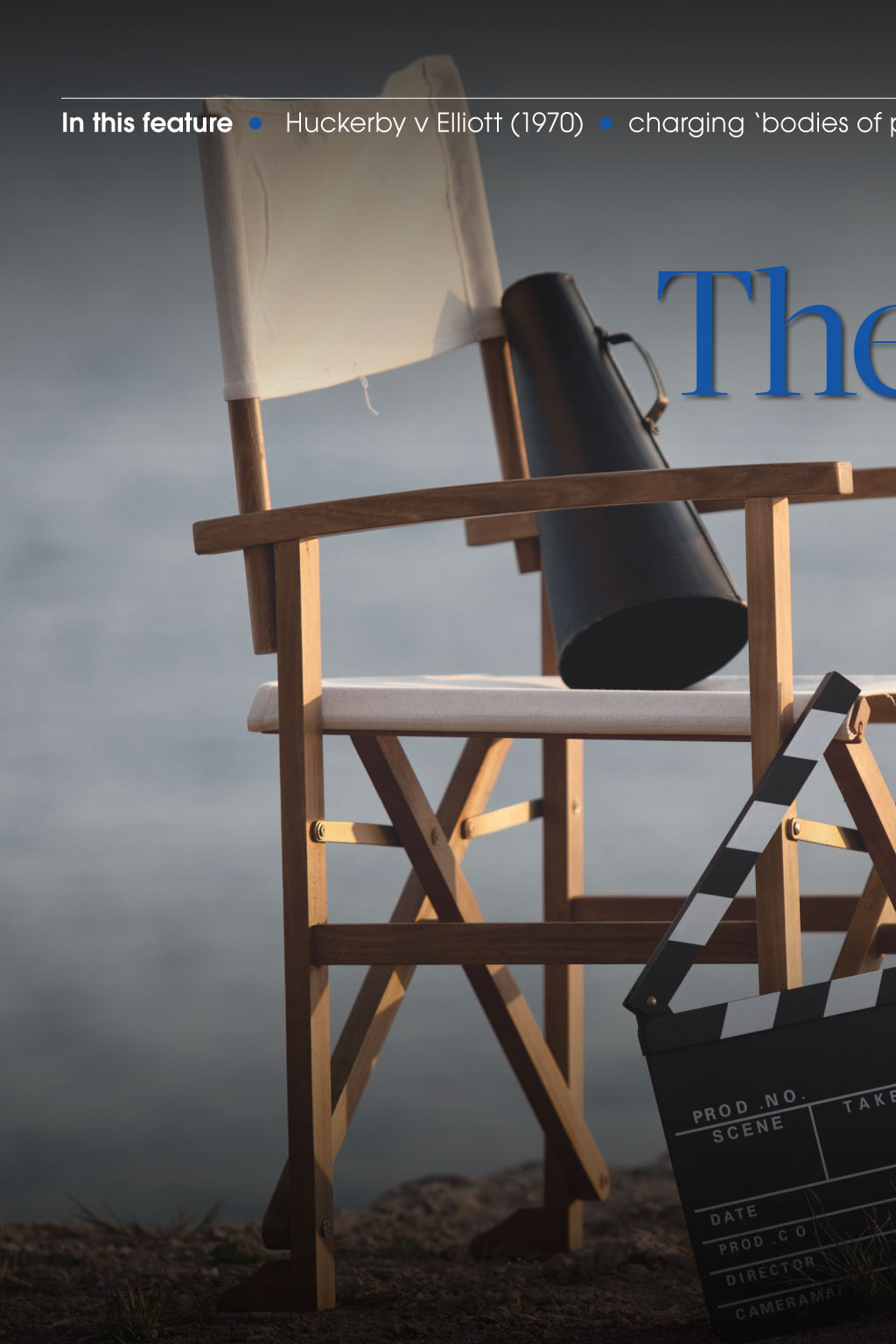

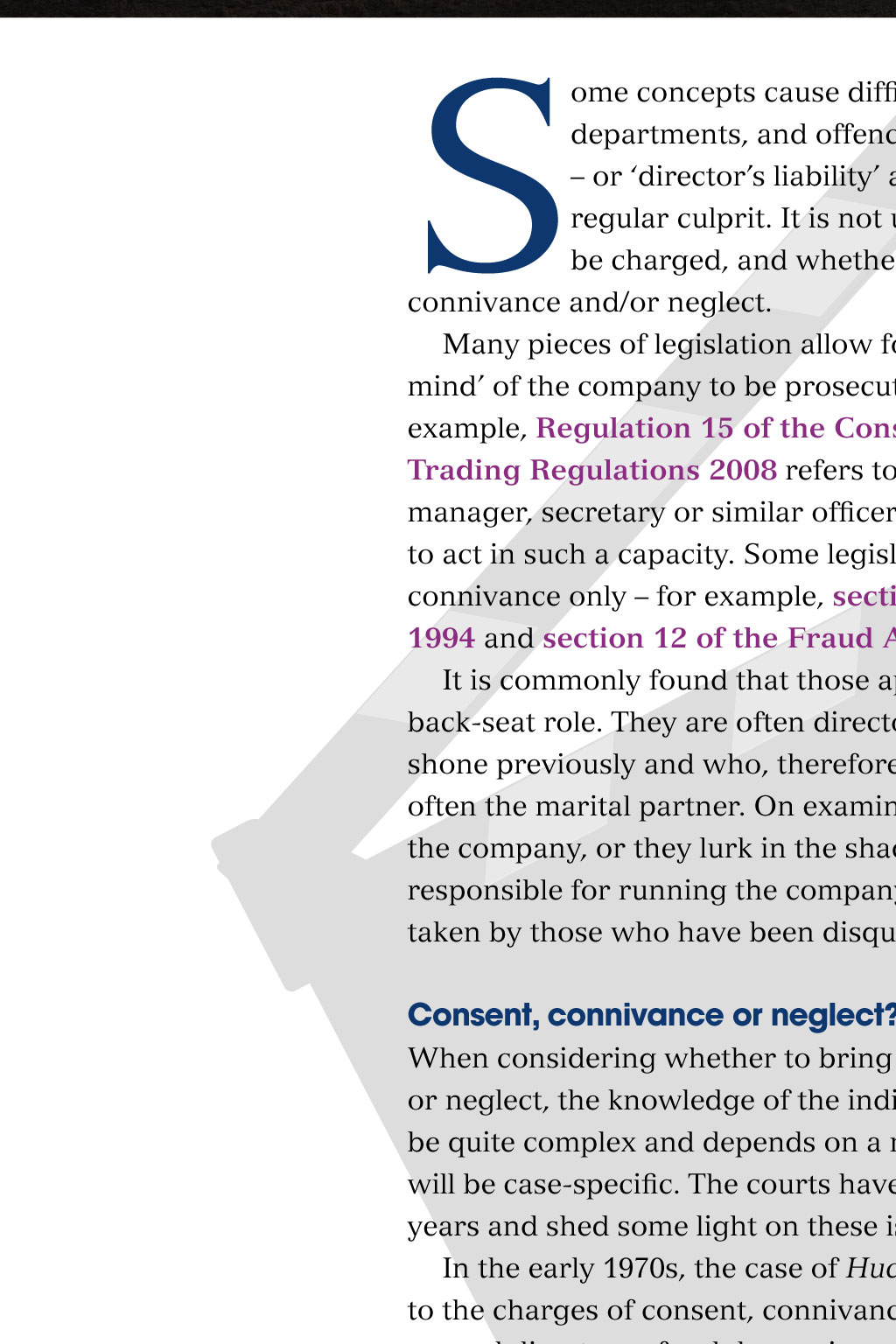
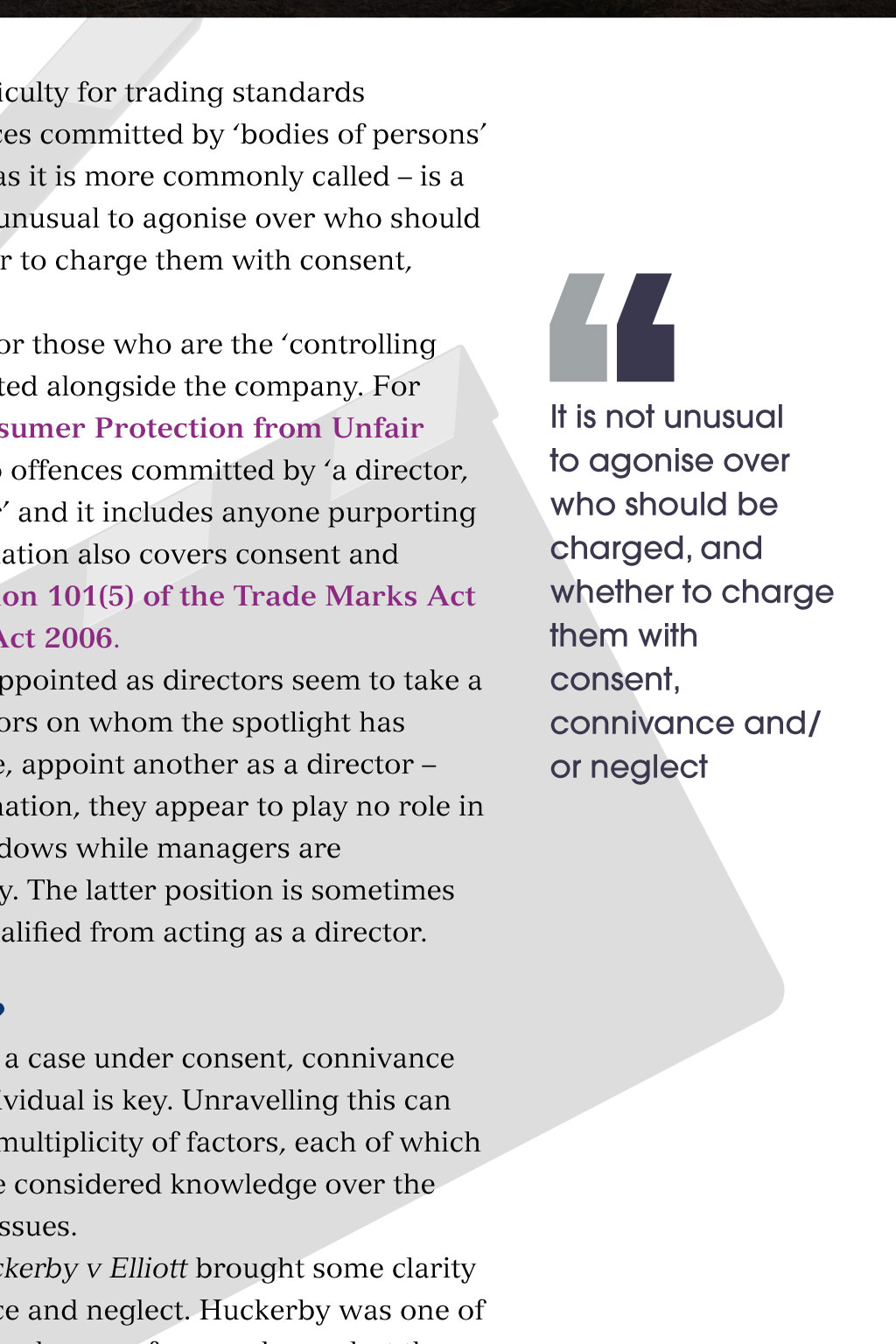
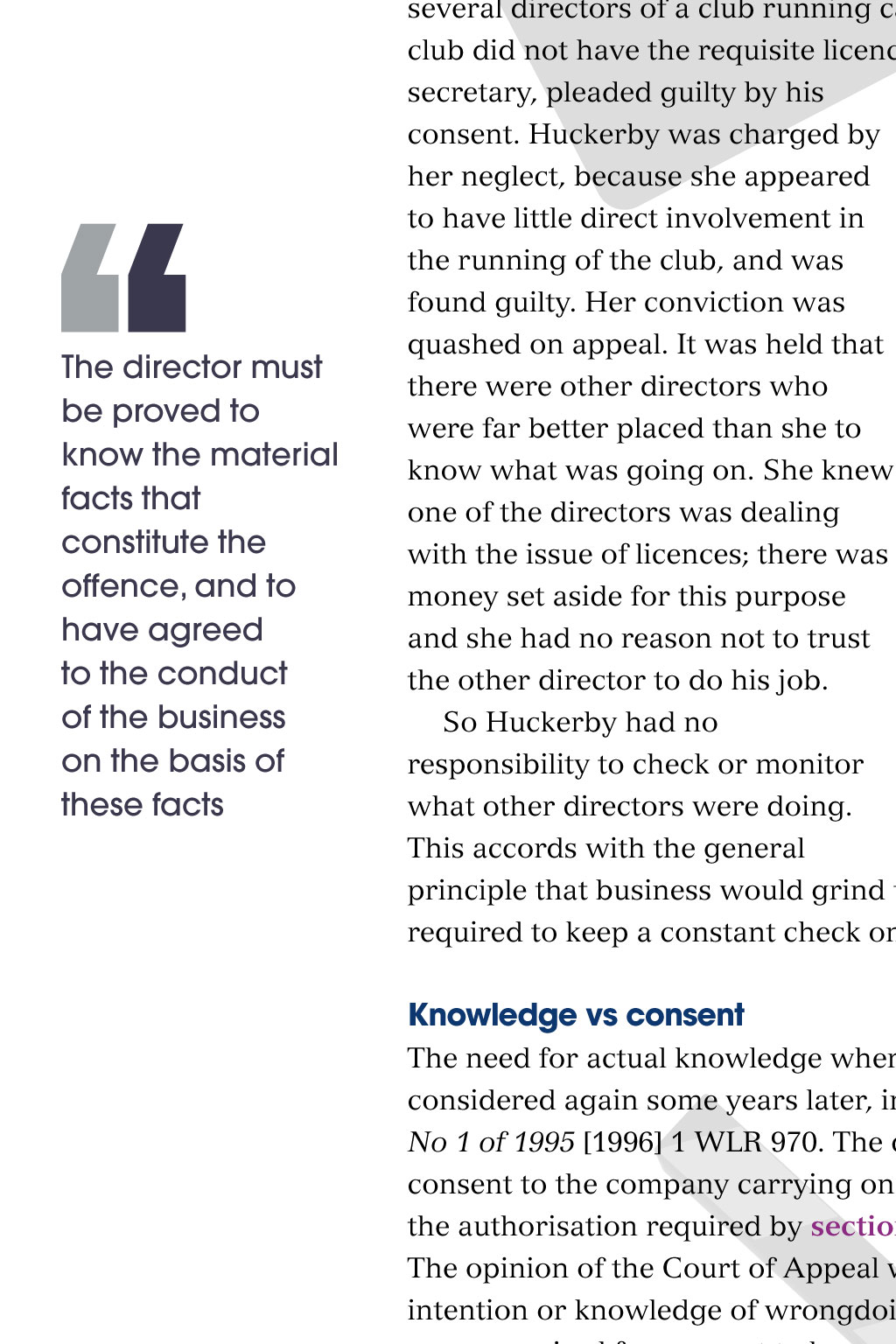
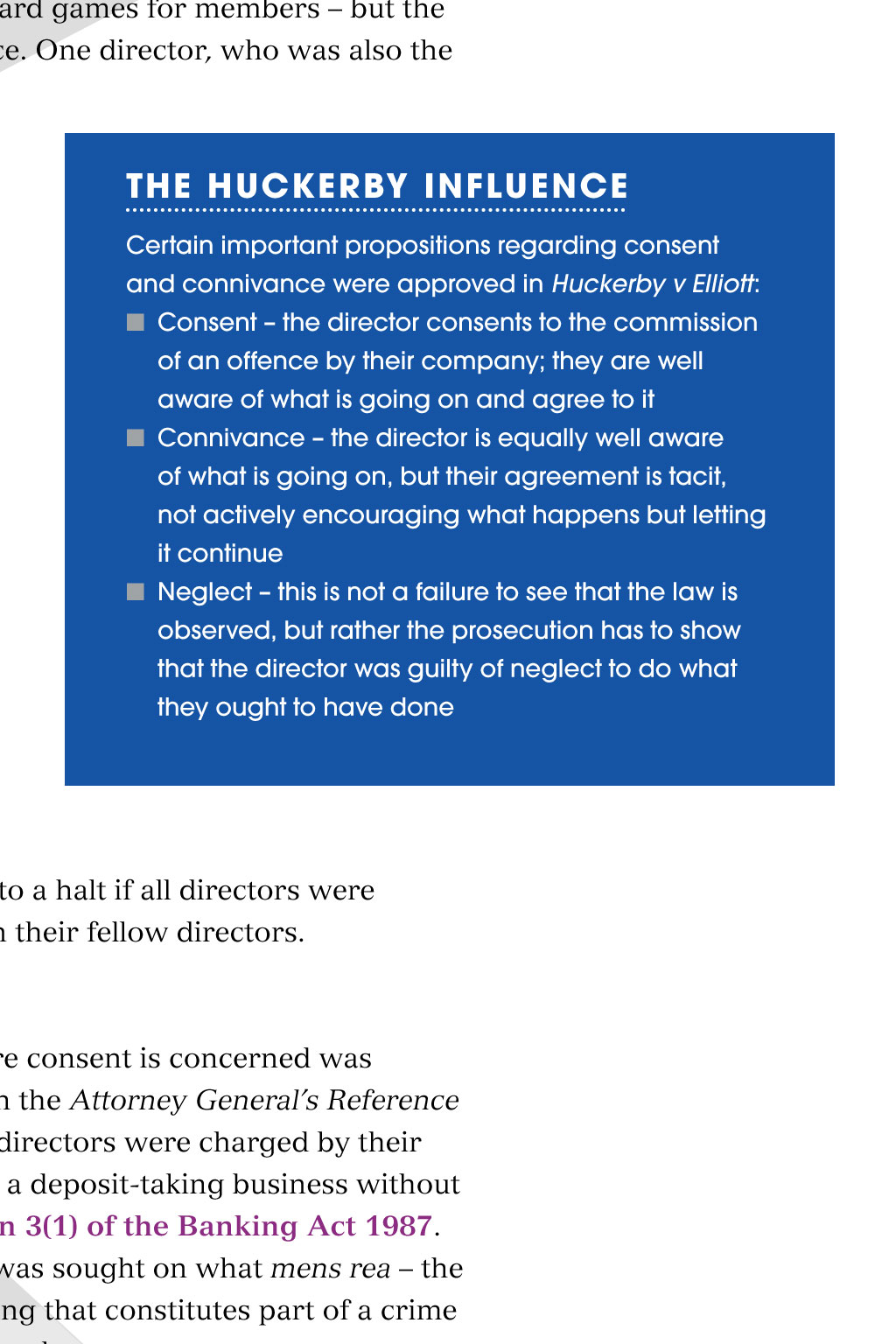
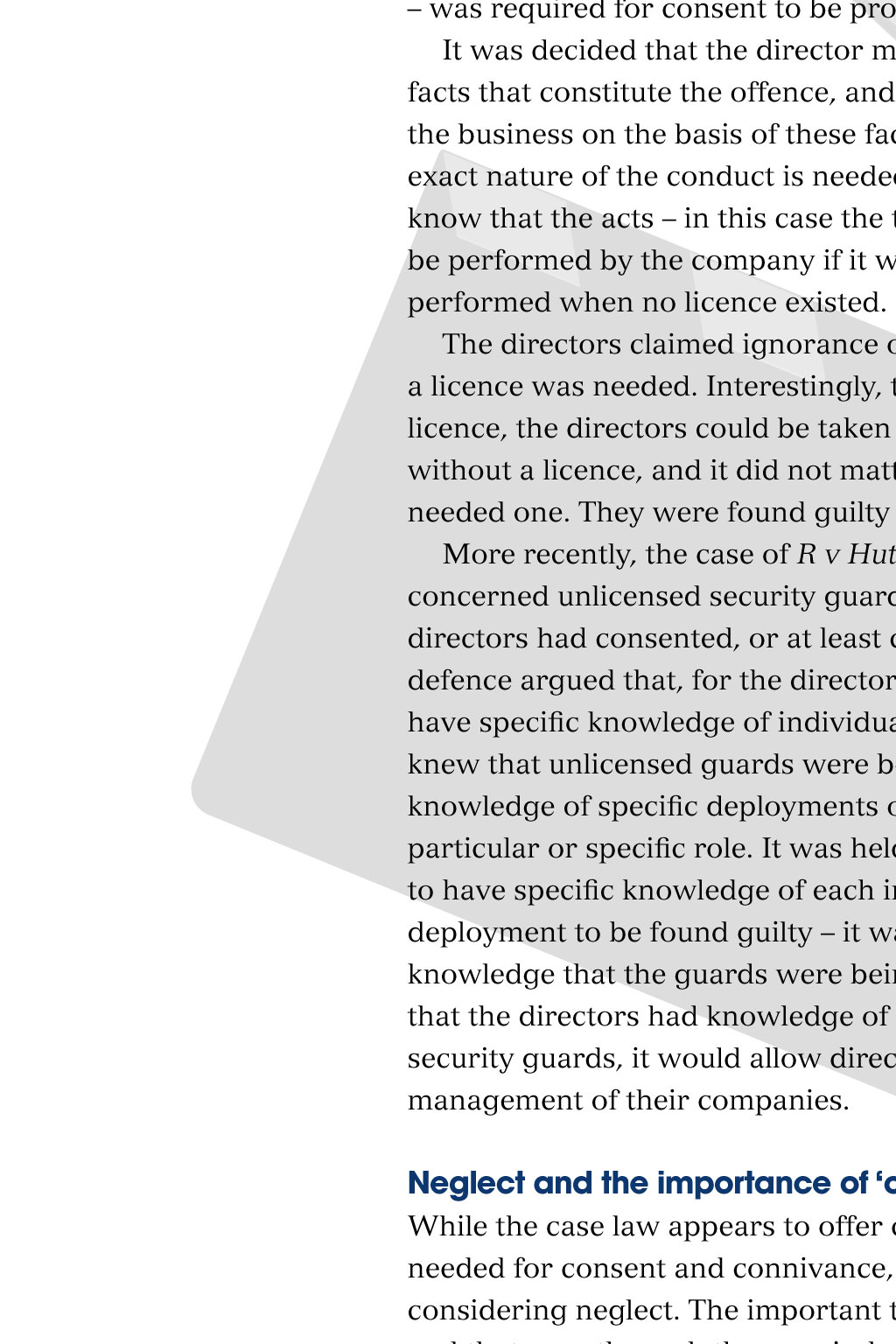
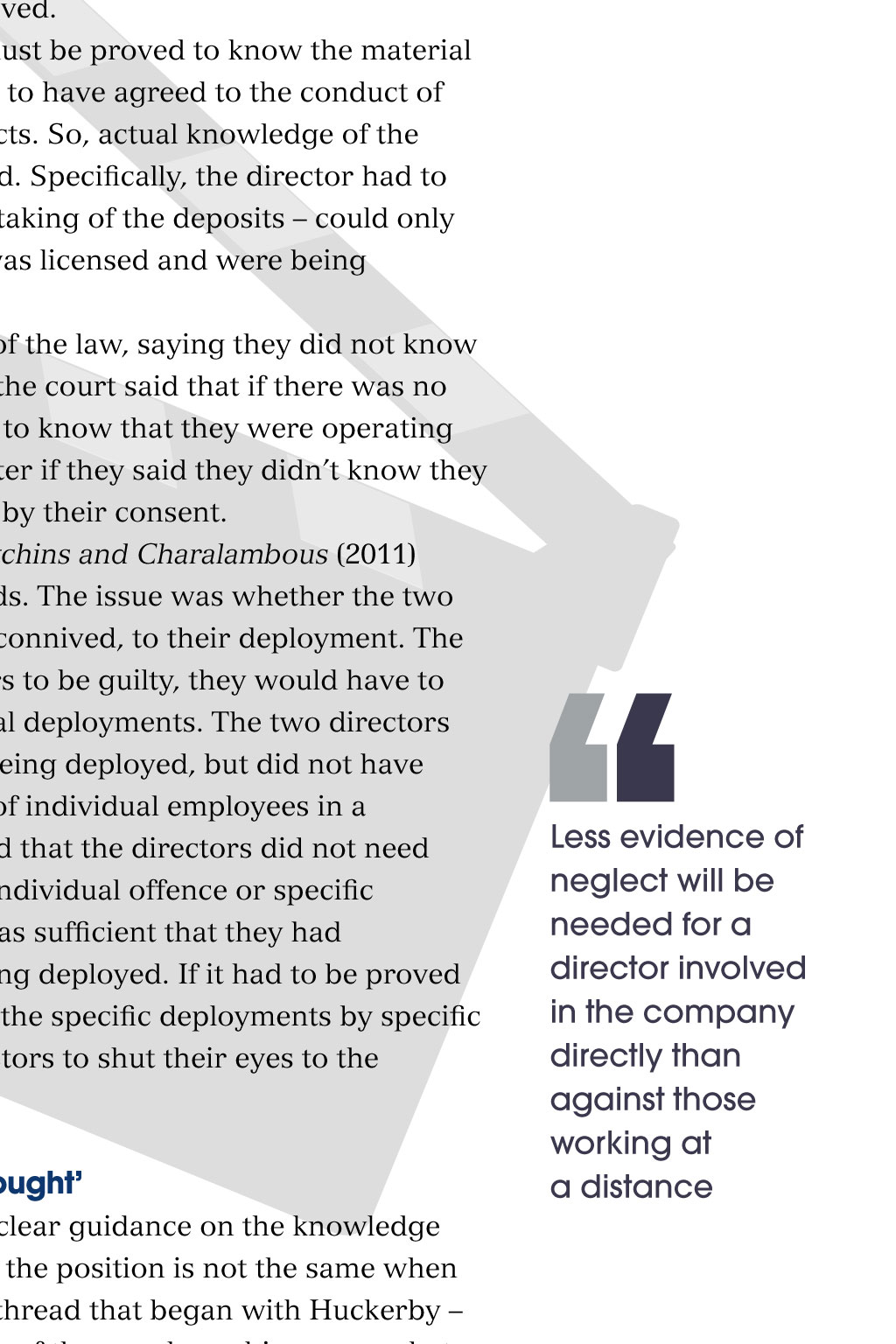
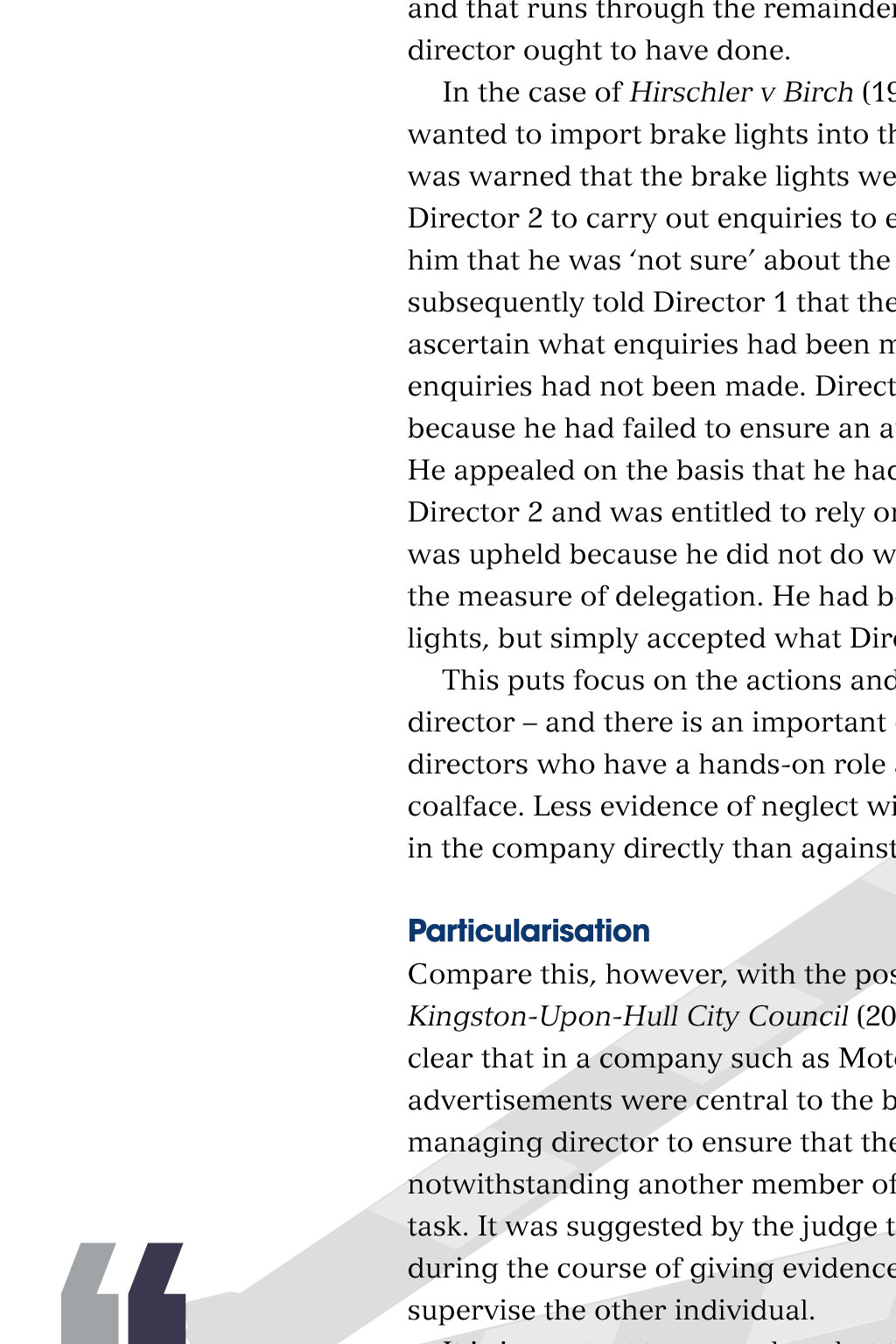
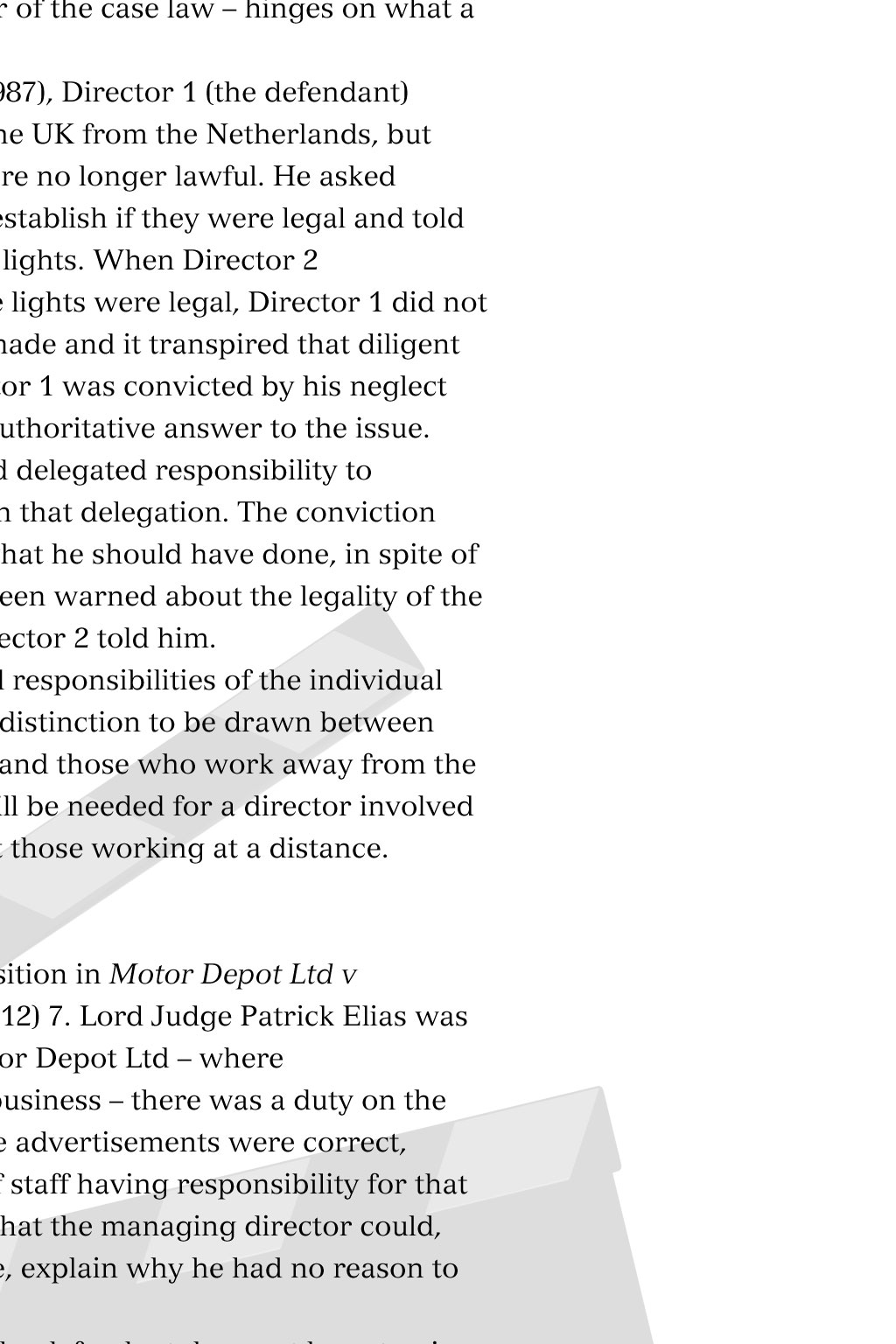















Legal perspectives: section 52 of the CDPA In this feature artistic works industrial exploitation extended protection All rights reserved From 28 July 2016, a large body of artistic works that was being industrially exploited regained its copyright protection. Richard Roberts clarifies the changes T he Enterprise and Regulatory Reform Act 2013 (the ERRA) introduced changes to the laws governing copyright, including the revocation of section 52 of the Copyright, Designs and Patents Act 1988 (the CDPA). The repeal of section 52 of the CDPA, which took place on 28 July 2016, is likely to be of significant practical importance. It means that a large number of artistic works that had been industrially exploited has regained copyright protection. Despite the efforts of those producing and selling items that make use of those works to remove infringing articles from sale, a number are likely to remain. This could be because of deliberate failure to abide by the new law, or simply because of a lack of awareness of the change on the part of some producers or sellers. Background to section 52 Section 52 of the CDPA was introduced to limit the duration of copyright in artistic works that have been industrially exploited to 25years providing such exploitation has taken place with the rightholders consent. An artistic work was considered exploited by an industrial process if more than 50 copies of the work had been made, orit consisted of goods manufactured by machine in lengths or pieces. If an artist created an original work such as a cartoon, this would normally be protected by copyright for the artists life, plus 70 years. If, however, he licensed the picture to be printed on 51 biscuit tins, for example, then the duration of protection was reduced, under section 52to 25 years, from the end of the year they were first marketed. Some works were excluded. These included sculptures and printed matter primarily of a literary or artistic character, such as book covers and greetings cards. The legislative intention behind the introduction of section 52 was to bring the extent of copyright protection into line with the maximum protection available for designs. The same article can often have the benefit of protection under the law of copyright and registered and unregistered designs. A rights-holder might therefore seek to claim an extended period of protection by way of copyright that is, the authors lifetime plus 70 years when he would otherwise be limited to a protection period of up to 25 years. Section 52 avoided this result. Repeal of section 52 The UK was not alone in having legislation that reduced the term of protection for artistic works reproduced in this way. A small number of other EU states made similar provision, Italy being one of them. Thecase of Flos SpA v Semeraro Casa e Famiglia SPA (C-168/09) concerned Italian law provisions of similar effect to section 52. The European Union Court of Justices decision in that case prompted a reconsideration of the appropriateness of section 52 by the UK government. The Court of Justice ruled that Article 17 of the Directive on the Legal Protection of Designs (Directive 98/71) means a design that has been registered must also be entitled to copyright protection, and EU member states cannot alter the term of copyright protection in respect of such a work. The Court of Justice also held that copyright protection for works that may be unregistered designs could arise under other directives. As a result of the Flos case, the UK government passed legislation to repeal section 52. This was effected by section 74 ofthe ERRA 2013. The transitional period From 28 January 2017 it will be an infringement of copyright to deal with any such copies. By this date they must all have been sold or destroyed Section 74 did not come into force with the ERRA 2013 generally, but was only to take effect upon a date specified under a separate commencement order. In light of the potential impact on businesses thatproduce reproductions of artistic works, the government allowedfor a transitional period of five years until April 2020 for producers to prepare for the extended copyright protection. The Commencement (Enterprise and Regulatory Reform Act 2013 (Commencement No.8 and Saving Provisions)) Order 2015 was passed to give effect to this. However, this lengthy transition was challenged byway of judicial review. In July 2015, the Commencement Order was revoked. A consultation was held from 28 October 2015 until 23 December 2015. It sought responses on several issues, including the appropriate transitional period before the repeal of section 52 took effect, and the depletion period required for existing stock to be sold. The consultation paper produced by the Intellectual Property Office (IPO) as a result makes reference to the Court of Justice decision in Flos. The court held that assessment of the compatibility of the length of any transitional period, and of the category of third parties covered by the legislative measure, must be carried out in the light of the principle of proportionality. It said that: The legislative measure [to restore full copyright protection] should ensure that the period of use of the designs by those third parties is limited to what is necessary for them tophase out the part of their business that is based on earlier use of those designs, or to clear their stock. During the consultation period, rights-holders pushed for as short a period as possible. Enterprises involved in the reproduction of industrially exploited copies argued that they needed time to change their business models. The government view, following the IPO consultation, was that the five-year period would have involved excessive and disproportionate delay in establishing full copyright protection. A shorter period was sought, which would still give third parties involved in exploiting relevant artistic works enough time to adjust their businesses. Section 74 was brought into force on 28 July 2016 by the Enterprise and Regulatory Reform Act 2013 (Commencement No.10 and Saving Provisions) Order 2016. From that date onwards, no new copies of affected artistic works could be made or imported, unlessthe works were contracted before the publication of the consultation document on 28 October 2015, or the rights-holder had granted a licence. However, even for these pre-consultation contracts, copies can only be made or imported until 27 January 2017. From 28 January 2017 it willbe an infringement of copyright to deal with any such copies. Bythis date they must all have been sold or destroyed. Copies of works cannot be supplied to the public by means of electronic communication either, so infringing images on websites must be removed. Artistic works that had been industrially exploited and were still within the 25-year term reverted to the usual life plus 70 years term on 28 July 2016.The IPO has published a guidance document on the repeal, which gives information on the various deadlines during the transition and practical examples. Considerations for the affected Any business that relied on section 52 to copy industrially exploited artistic works when the 25-year term of copyright protection had expired were adversely affected by the repeal. This includes a wide range of enterprises, from those that manufacture and sell replica goods such as lighting products, designer furniture and ceramics topublishers and owners of websites who make use of images that will return to copyright, plus institutions such as museums. Unless they had a pre-consultation contract by 28 July 2016, any businesses that manufacture or sell replica goods had to have sold theirexisting stock, or entered into a licensing arrangement with the rights-holder. Even those businesses with pre-consultation contracts will need to work towards selling all stock by 28 January 2017. Any products unsold by that date will need to be destroyed, representing a total loss to the business. There may be an option to negotiate a licence, but rightsholders will be in a strong bargaining position. In the current transitional period, it is likely that a significant number of products and images, which now benefit from restored copyright protection, will continue to be imported into, and sold in, the UK. Some products may have the benefit of a pre-consultation contract, but it is probably the case that quite a large proportion will not. Steps by rights-holders or authorities to prevent infringement may be complicated by this contractual exception. To know whether there has been an infringement, it will need to be established what contracts are in place. From 28 January 2017, however, the situation will be clearer for all concerned. It is still likely, given the large number of products and images affected, that there will still be quite widespread infringement. Much of this will probably be inadvertent. It is therefore probable that enforcement action or threats of enforcement action will be required for a considerable period after the final repeal of section 52. Over the next few months, efforts to disseminate information on the repeal to the relevant importers and manufacturers should help to keep future problems to a minimum. Credits Richard Roberts is a barrister at The 36 Group (formerly 36 Bedford Row). Images: Studio_G / Shutterstock To share this page, in the toolbar click on You might also like Cashing in on opportunity August 2016